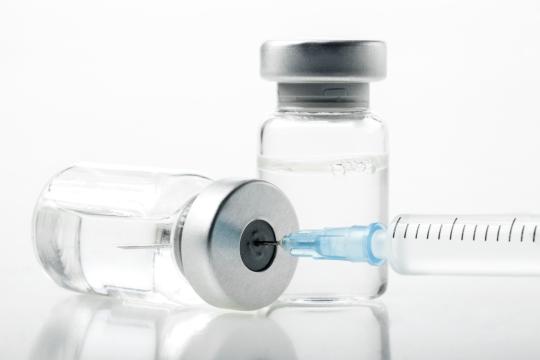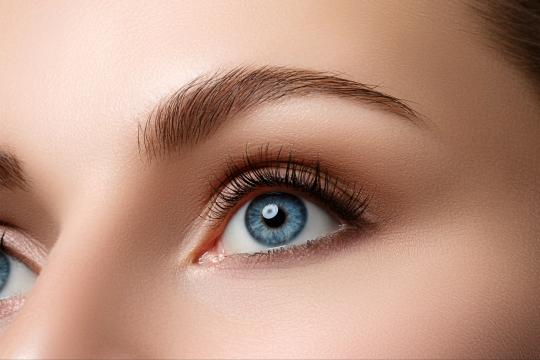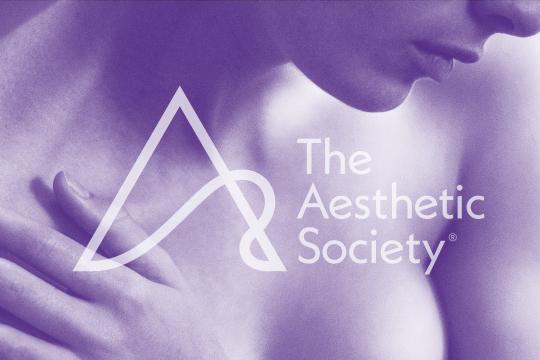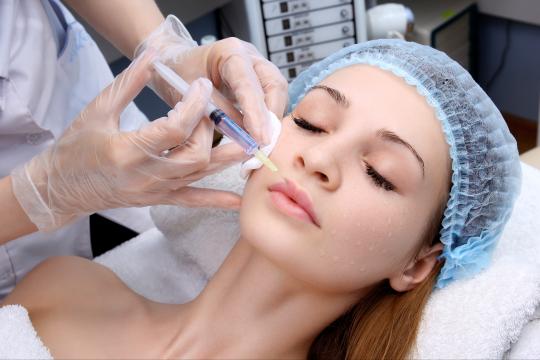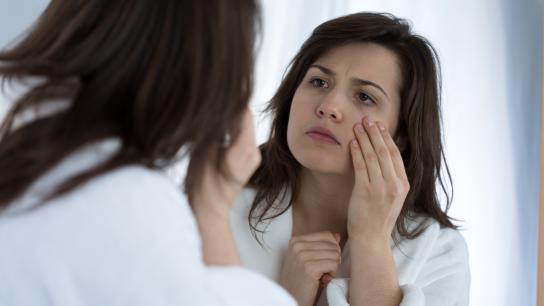
I’m constantly being asked to write about under-eye bags - well, specifically how to get rid of them. What I’ve come to discover is that there is a lot of misinformation out there about potential remedies. There are “miracle creams” and such, offered at every price-point, claiming de-puffing capabilities that I have personally come to discover are just lies – because the truth of the matter is genetics often play a role – especially when it comes to bags and the causes and fixes for them. Bottom line is that we all hate them. They insinuate you had a late night of something – be it drinking, partying, studying through the night drinking pot after pot of coffee … fine, but the culprit is often way less glamorous for those of us over 35, like midnight feedings, cleaning up vomit or poopy diapers, or in my case, pathetically staying up all night to watch an entire season of the Real Housewives of Beverly Hills before the new season starts.
Whatever the reason for your face luggage, rather than be forthcoming, people will skirt the issue, instead saying things like, “You look a bit tired, did you not get any sleep?” as opposed to, “Wow, you’re really starting to show your age with those crow’s feet and puffy bags under your eyes!”
I can’t help but wonder - why are bags acceptable to point out in any manner? And what if they aren’t bags at all? What if they have nothing to do with how sleep-deprived or dehydrated or saggy/crepey/thin-skinned you are? What if there’s a reason de-puffing serums and caffeine-based creams never seem to work? What if what you’re dealing with are genetic pockets of fat or internal damage that you would have no matter who you bribed to sleep in for just one Saturday morning?
Well, if you feel like you have this luggage more often than you should, and nothing seems to diminish that puff, you may have something called festoons, AKA malar mounds. Often misdiagnosed, festoons can cause major aesthetic changes to the face and may be a sign of pre-cancerous skin conditions.
How do I Know if I Have Festoons?
Festoons are formed as a result of a structural problem beneath the surface of the skin, which causes damage to the tissue and elastic fibers in the under-eye area. It also causes gapping, sagging and protrusions between the lower lid and upper part of the cheek. Festoons are actually located in the upper cheek, unlike under-eye bags which rest directly under the eye. Unfortunately, also unlike under-eye bags, festoons do not react to creams or serums. Festoons feel squishy and can be moved from side to side, while under-eye bags are firmer and stay in place.
How Are Festoons Treated?
Well, a smear of Preparation H won’t work on those buggers. Festoons often require surgery. In the past, methods to fix festoons themselves have left patients holding the bag, ahem, bags. Now, there is a specialized laser process which reduces the protrusions while resurfacing the skin. This process can also remove pre-cancerous cells (which festoons can be an indicator of).
Though under-eye bags and festoons are separate issues, if you are going to have lower lid rejuvenation you should treat festoons at the same time (or your surgery can accentuate the festoons). This is why it’s recommended that one does a combination of laser surgery and laser resurfacing.
Can I Avoid Festoons?
These protrusions are caused by the same things that cause wrinkles and premature aging, like smoking, sun exposure, stress and dehydration. Yes, like wrinkles, genetics does play a role, but avoiding the other contributors can’t hurt.
If you’re concerned that the bags under your eyes are more than just some lost sleep, it may be time to see a board-certified plastic surgeon. As festoons are often misdiagnosed and can be a warning sign for pre-cancerous cells, make sure you see a trusted professional with experience in laser surgery and resurfacing. To find a plastic surgeon in your area, use the Find-A-Surgeon search tool.

